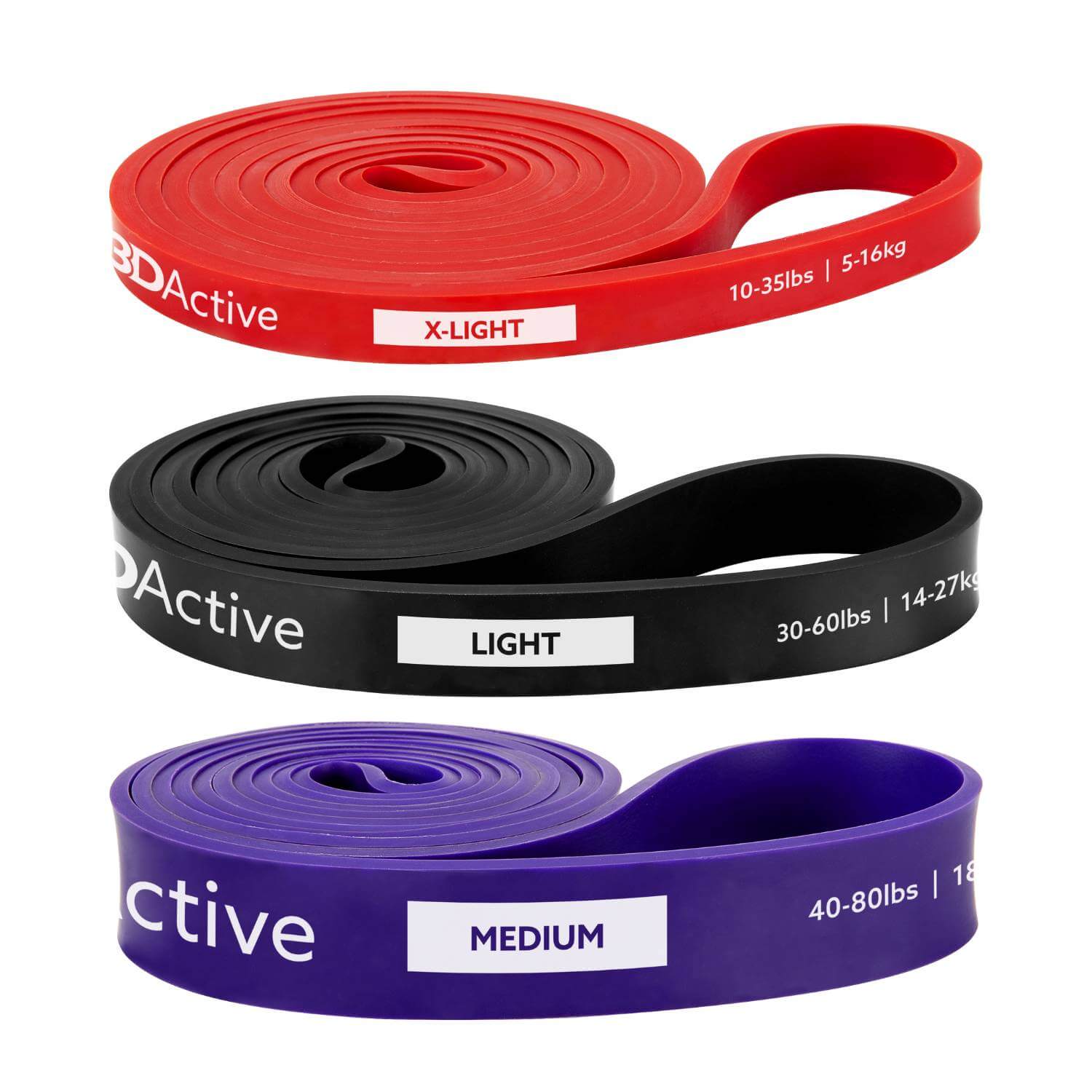
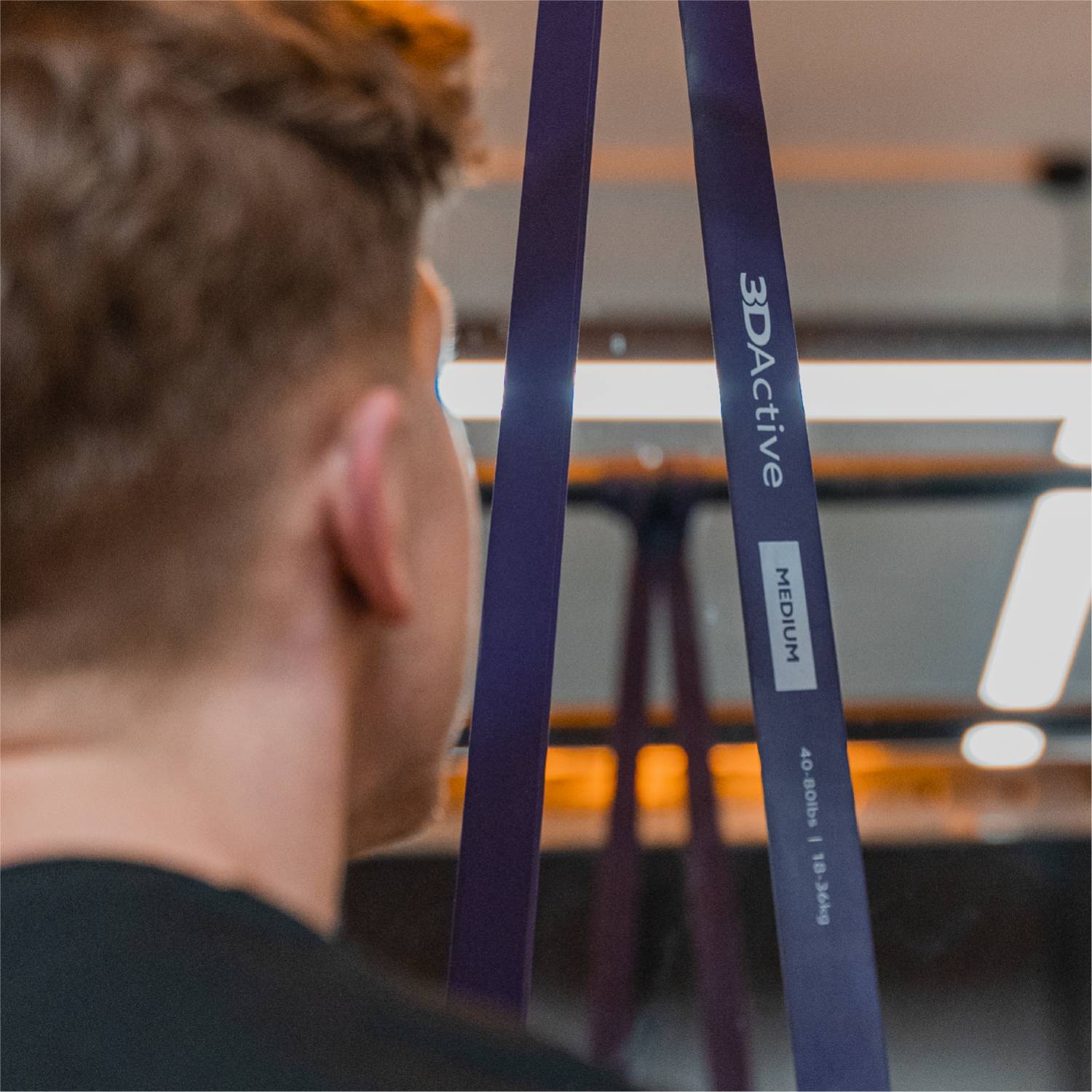
Resistance Bands for Pull Ups
The perfect, high quality resistance band for home workouts. This band is ideal for home workouts, combining with weight training at the gym and working out on the go.
Take your strength training to the next level with 3DActive resistance bands and achieve your fitness goals. Whether you're a seasoned pro or new to resistance training, resistance bands are highly versatile and the perfect addition to your workouts.
Choose options
The perfect, high quality resistance band for home workouts. This band is ideal for home workouts, combining with weight training at the gym and working out on the go.
Take your strength training to the next level with 3DActive resistance bands and achieve your fitness goals. Whether you're a seasoned pro or new to resistance training, resistance bands are highly versatile and the perfect addition to your workouts.
The perfect, high quality resistance band for home workouts. This band is ideal for home workouts, combining with weight training at the gym and working out on the go.
Take your strength training to the next level with 3DActive resistance bands and achieve your fitness goals. Whether you're a seasoned pro or new to resistance training, resistance bands are highly versatile and the perfect addition to your workouts.
Take your pull ups to the next level with the 3DActive Resistance Bands for Pull Ups Set, made from natural latex rubber for superior quality, performance, and durability. This set contains 3 resistance bands ranging in tension levels to help you progress with your pull ups.
These resistance bands are incredibly versatile and can be used for a wide range of exercises from warm ups, stretching, muscle activation to full on upper and lower body workouts.
Tensions:
Red Extra-Light 10 to 35lbs
Black Light 30 to 60lbs
Purple Medium 40 to 80lbs
Green Heavy 50 to 125lbs
Dimensions: All Bands are 104cm in length and 45mm thick, band width varies according to tension range
Material: Latex
United States Mainland
● Free Shipping on all orders over $40
● Shipping from $5.99 on all US orders under $40
● Dispatched same day on orders before 1PM MDT from our domestic USA locations.
● Delivered by USPS Ground service within 3 to 7 working days
● Hassle-Free Returns within 30 days
United Kingdom
● Free Shipping on orders over £35
● Shipping from £4.99 on all UK orders under £35
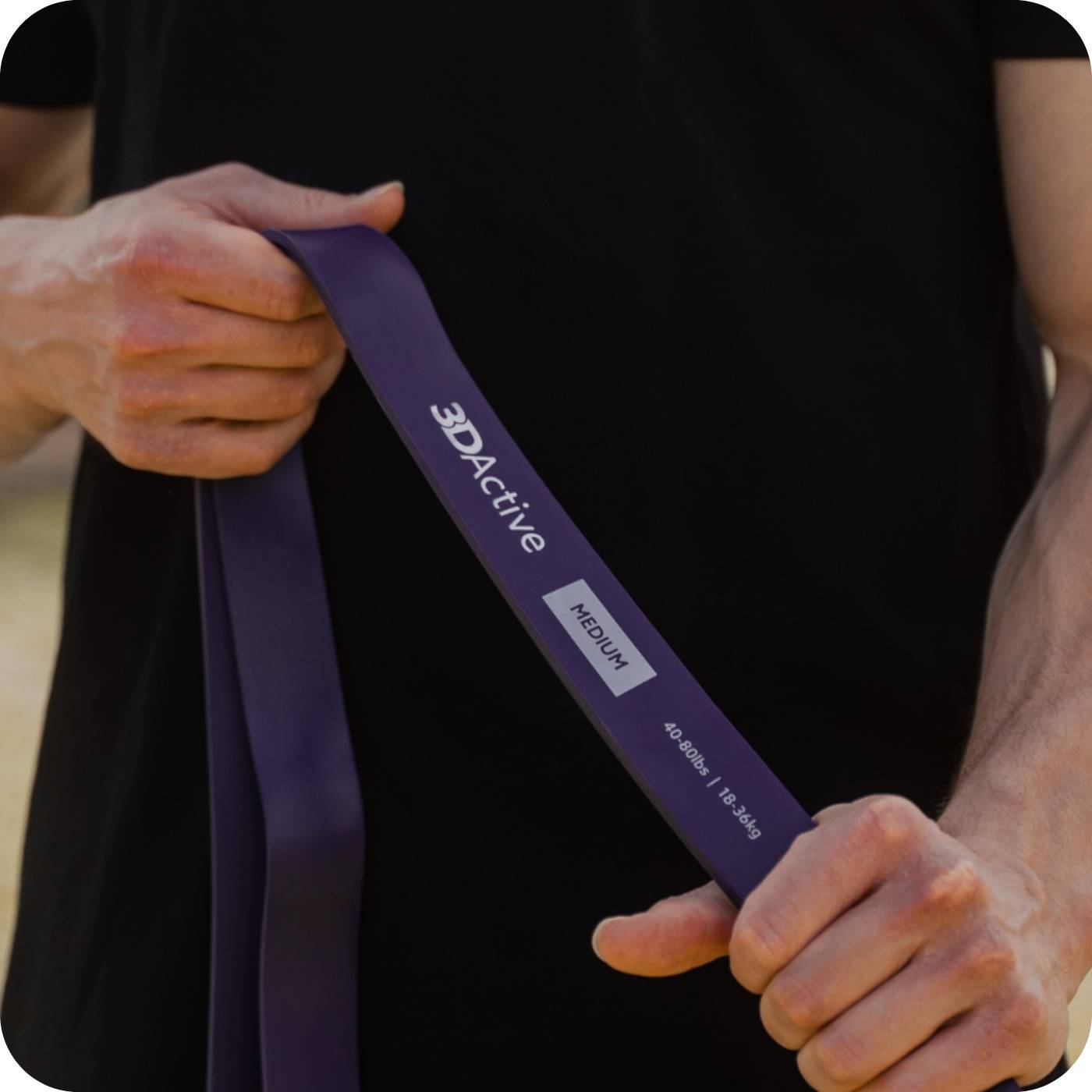
Elevate Your workouts with resistance bands
Boost the effectiveness of your workouts with 3DActive Resistance Bands. Crafted from high-quality, natural rubber latex, these bands provide varying resistance levels to challenge every muscle group. Whether you're toning, strengthening, or rehabilitating, these bands offer the perfect solution. Compact and portable, they're your on-the-go fitness companion. Step up your fitness game today.
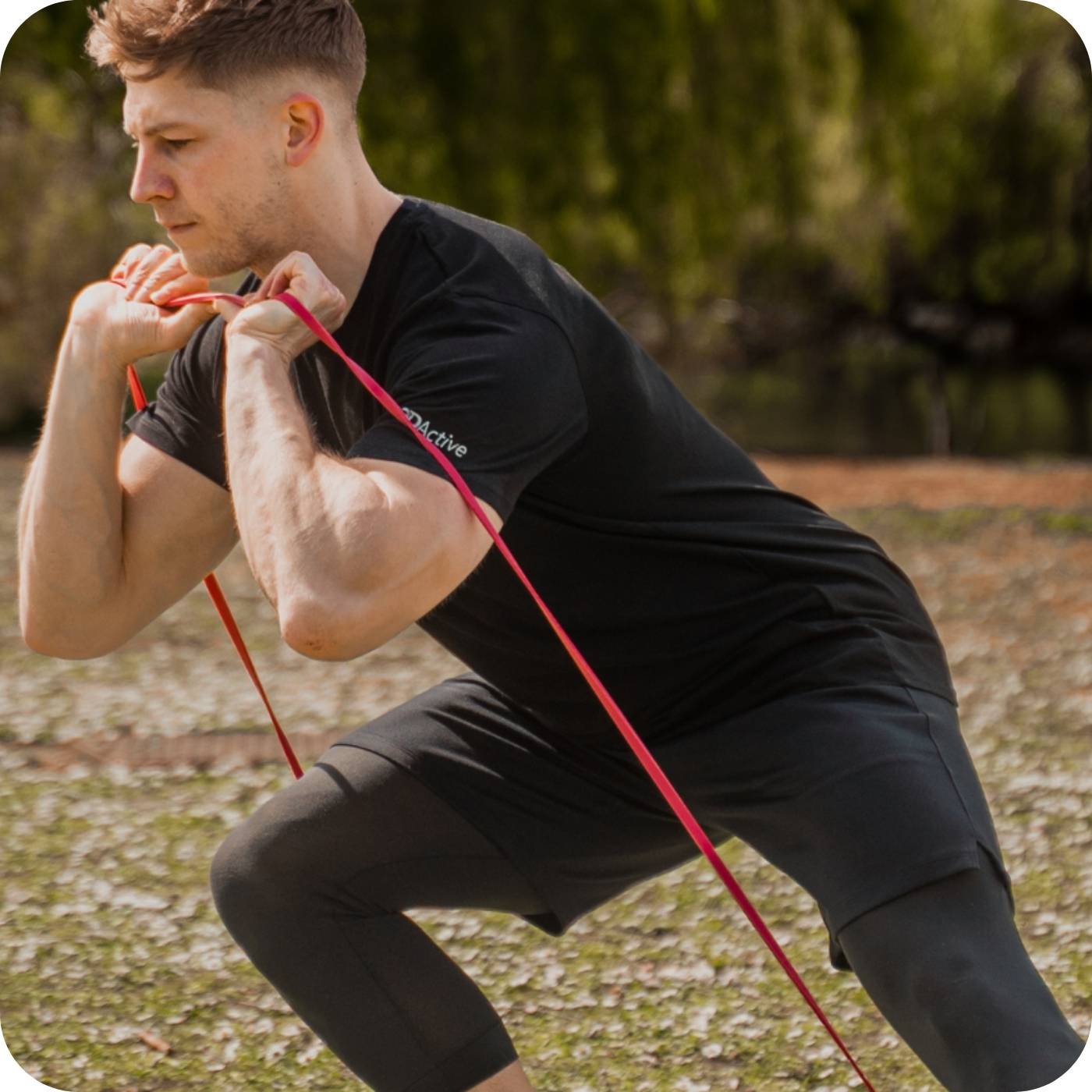
Achieve Your Fitness Goals with Resistance Bands
Your path to fitness success starts here. 3DActive Resistance Bands offer versatile training options for individuals of all levels. Their durable and non-slip design ensures stability during exercises while targeting your muscles effectively. From physical therapy to intense workouts, these bands deliver results. Take charge of your fitness journey today!
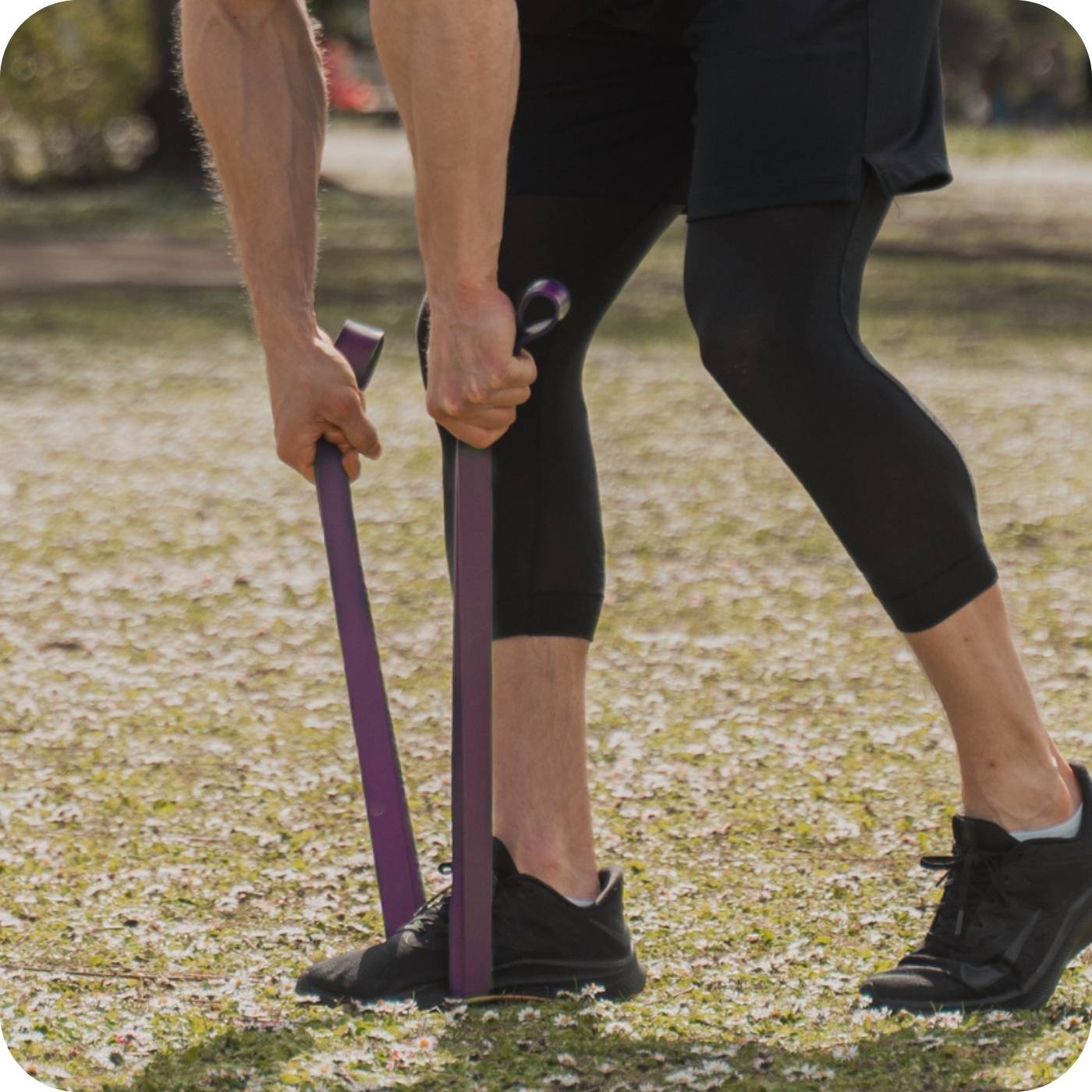
Shape, Strengthen, and Transform with Resistance Bands
Sculpt your body, build strength, and transform your fitness routine with 3DActive Resistance Bands. These versatile bands provide progressive resistance, making them ideal for toning, rehabilitation, and muscle building. Designed for comfort and durability, they are your secret weapon to a fitter, healthier you. Make every workout count!
